International
Inhygienic conditions and risky sexual acts: the reality of webcamers in Colombia
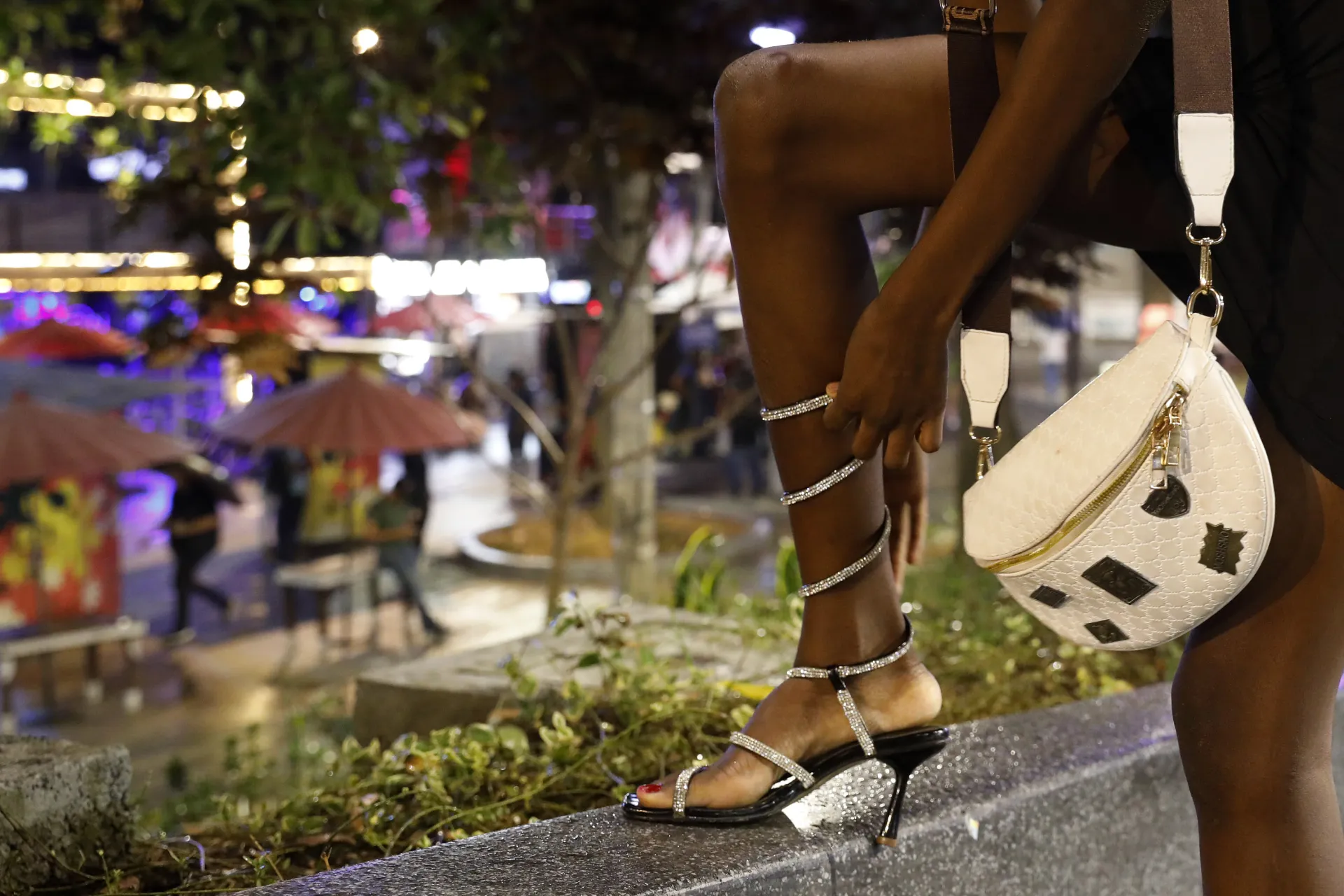
Webcam women who work in studios in Colombia, a country considered a “mecca” for this industry, are exposed to unhygienic conditions, forced to risky sexual practices and subjected to 18-hour days without breaks, according to a Human Rights Watch (HRW) report published this Monday.
The report “‘I learned to say no’: Labor abuse and sexual exploitation in Colombian webcam studies”, based on the 18-month work of researchers with two sex workers’ organizations in Colombia and interviews with more than fifty webcam women, exposes the violations of labor rights and sexual exploitation in Colombian studies in Bogotá, Medellín, Cali and Palmira.
Colombia, the country with the most webcam women
It is estimated that Colombia is the country with the largest number of webcamers who work mainly in studios, where they are victims of labor exploitation and in precarious conditions, even subject to sexual abuse.
“Sexual exploitation is not inherent to webcam models, but our study indicates that the risk of exploitation in Colombian studies is extremely high,” says HRW researcher Erin Kilbride.
The author of the investigation points out that “sex workers deserve the same labor protections as all workers under international human rights law, but the webcam industry, which moves billions of dollars, has largely avoided scrutiny of abuses in its supply chains.”
The case of María
María, 33, works from a 1×2 meter cubicle, separated by curtains, in a studio in Bogotá where she works 12-hour shifts doing sexual transmissions for men around the world.
Every day she receives the cubicle with body fluids, cigarette ash and hair from the previous worker because the study does not hire people to clean, but more than the deplorable hygienic conditions, “the worst is the mental health problems,” especially because of the constant surveillance to which she is subjected by the owners.
“A spectator wanted me to simulate a rape and I didn’t want to, but I needed the money. (…) Normally, if a client wants something that I don’t, I simply say ‘no’ and leave the chat. But the owners of the studio constantly harassed me and entered the cubicle (when they saw me say ‘no’ to a client). Streaming platforms allow you to report abusive users, but it is impossible to report violence in the studio,” says the young woman.
Maria’s story is repeated in other interviewees. A 29-year-old transgender Bolivian woman who worked in a studio in Bogotá said that when she asked her manager to finish a penetration performance due to extreme pain, she told her that she could not stop because it damaged her score on the web.
Another model was forced to insert a glass bottle for fear that it would break inside.
Abuses of “studies”
On average, studies keep between 50 and 65% of the income of young women, some even reach 70%, and in the workplace there are from lack of ventilation to bedbugs and cockroaches.
“Working conditions include wage theft, fines for taking breaks to eat and go to the bathroom, and computer keyboards, mice and furniture covered with body fluids from other employees. The workers developed rashes and infections and lacked mental health support,” the report highlights.
In addition, they are subjected to verbal abuse and threats by the owners of the studios, who force them to work many hours without food or water and to perform sexual acts to which they had not given their consent.
All those interviewed for the report freely chose to work as webcam models, but all of them felt surprised, disappointed or deceived by the conditions of their work, including learning about their salary or the sexual acts they were forced to perform, the report indicates.
International
Climate-driven rains trigger one of Indonesia’s deadliest flood emergencies in years

A torrential monsoon season, compounded by two unusual tropical cyclones, has triggered intense rainfall in several regions since last week, including southern Thailand, northern Malaysia, and large parts of Indonesia.
Climate change has recently intensified rainfall patterns, as a warmer atmosphere is able to hold more moisture. In Indonesia, desperation is growing among those affected by the disaster due to the slow pace of rescue operations and the distribution of humanitarian aid.
Relief agencies warned that the scale of the emergency is nearly unprecedented, even for a country accustomed to frequent natural disasters.
Across the island of Sumatra, the death toll was revised downward to 770 fatalities and at least 463 people still missing as of Wednesday night. Earlier, the national disaster management agency had reported 804 deaths.
Gathering accurate information on the ground remains difficult, as many regions are still cut off due to flood damage, widespread power outages, communication failures, or a combination of all three.
International
Russian authorities ban Roblox citing child safety and moral concerns

Russia has blocked access to the U.S.-owned game creation platform Roblox, accusing it of distributing extremist materials and what authorities described as “LGBT propaganda,” state media reported on Wednesday.
The country has repeatedly threatened to ban certain foreign digital platforms, a move that human rights organizations view as part of broader efforts by authorities to tighten control over internet use.
In a statement released through Russian news agencies, the federal communications watchdog Roskomnadzor accused Roblox of hosting “inappropriate content that can negatively affect the spiritual and moral development of children.”
“The game exposes minors to sexual harassment, tricks them into sharing intimate photos, and encourages them to commit acts of depravity and violence,” the regulator claimed.
Last week, the same agency also threatened to ban WhatsApp, the country’s second most widely used messaging app, accusing it of failing to prevent criminal activity.
Roblox, which is owned by the U.S.-based Roblox Corporation, did not immediately respond to a request for comment.
According to company data for 2024, the platform has around 100 million daily users worldwide, nearly 40% of whom are under the age of 13.
Other countries, including Qatar, Iraq and Turkey, have also restricted or banned Roblox, mainly over concerns about the safety of underage users. In the United States, the states of Texas and Louisiana have filed lawsuits against the platform on similar grounds.
International
El Chapo’s son Joaquín Guzmán López pleads guilty to U.S. drug trafficking charges

Joaquín Guzmán López, one of the sons of notorious Mexican drug lord Joaquín “El Chapo” Guzmán, pleaded guilty on Monday to drug trafficking charges in a U.S. court, months after his brother Ovidio reached a similar plea agreement, according to local media reports.
The defendant appeared before a federal court in Chicago early Monday afternoon and changed his previous plea in the case, the Chicago Tribune reported. U.S. authorities accuse him of forming, together with his three brothers, the cartel faction known as “Los Chapitos.”
The group is believed to have continued the operations of El Chapo, who has been serving a life sentence in the United States since 2019.
Guzmán López, 39, was arrested after landing in Texas in a small aircraft alongside cartel co-founder Ismael “El Mayo” Zambada.
-
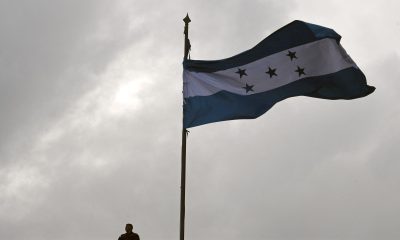
 Central America4 days ago
Central America4 days agoHonduras’ China–Taiwan Future Hinges on Sunday’s Presidential Election
-
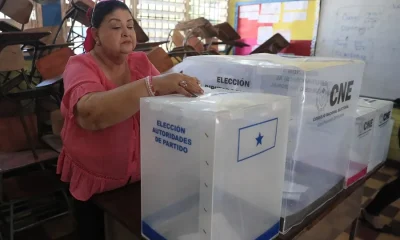
 Central America3 days ago
Central America3 days agoHonduras Extends Voting by One Hour Amid High Turnout, CNE Announces
-
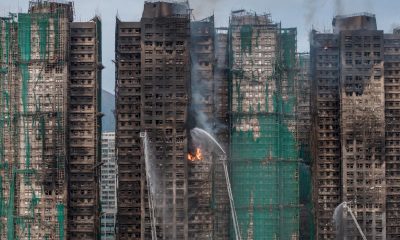
 International3 days ago
International3 days agoHong Kong police arrest 13 over deadly high-rise fire that killed 151
-
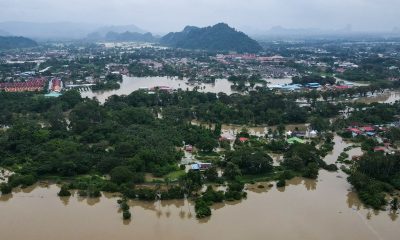
 International3 days ago
International3 days agoSri Lanka and Indonesia deploy military as deadly asian floods kill over 1,000
-

 International3 days ago
International3 days agoTrump says asylum decision freeze will remain in place “for a long time”
-

 International3 days ago
International3 days agoChile enters runoff campaign with Kast leading and Jara seeking a last-minute comeback
-

 International2 days ago
International2 days agoVenezuela authorizes return flights as U.S. continues deportations amid rising tensions
-

 International2 days ago
International2 days ago20,000 rounds stolen from german army after driver leaves cargo unattended
-

 International2 days ago
International2 days agoEl Chapo’s son Joaquín Guzmán López pleads guilty to U.S. drug trafficking charges
-

 International12 hours ago
International12 hours agoRussian authorities ban Roblox citing child safety and moral concerns
-

 International2 days ago
International2 days agoTrump convenes National Security Council as U.S.–Venezuela tensions intensify
-

 Sin categoría12 hours ago
Sin categoría12 hours agoJuan Orlando Hernández’s family takes time to decide next steps after surprise U.S. release
-

 International12 hours ago
International12 hours agoClimate-driven rains trigger one of Indonesia’s deadliest flood emergencies in years






























